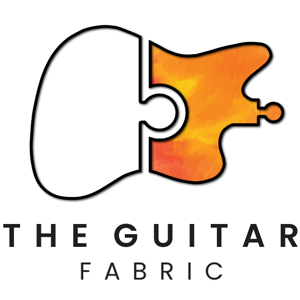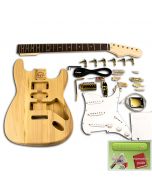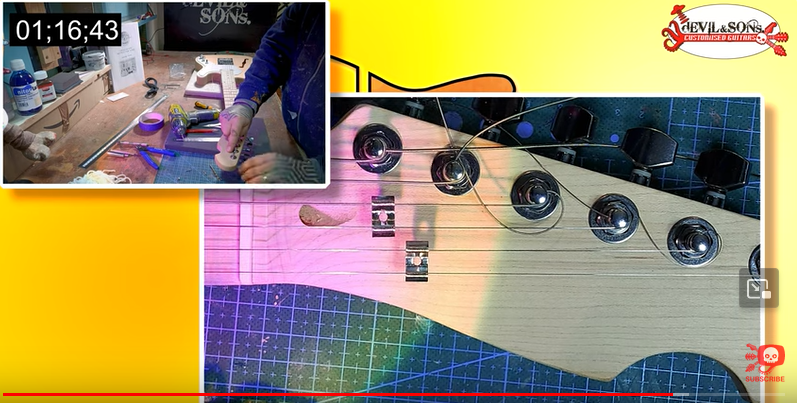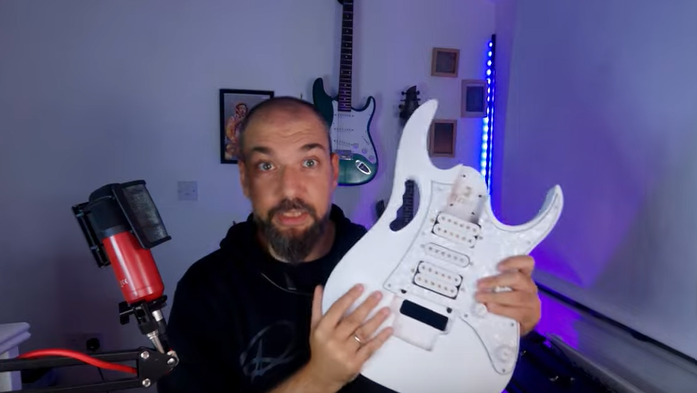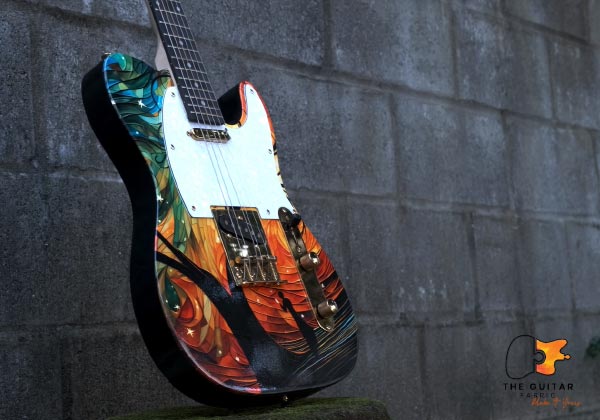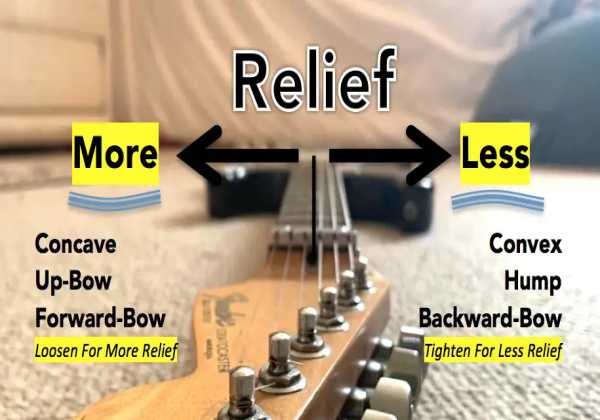
ADJUSTING GUITAR STRING ACTION WITH THE TRUSS ROD
When it comes to achieving the perfect playability on your guitar, one crucial factor to consider is the string action – the height of your strings above the frets. If your string action is too low, you'll likely encounter fret buzz, while too high an action can make your guitar harder to play. Fortunately, there are several ways to adjust the string action, including through the use of the truss rod. In this article, we'll focus on the truss rod's role in achieving optimal string action.
What is String Action & Truss-rod
String Action: Before looking into truss rod adjustment, let's briefly review what string action entails. String action refers to the distance between your guitar's strings and the fretboard. It can be adjusted in various ways, including at the nut, the bridge, and the truss rod. Each adjustment point serves a unique purpose in tailoring your guitar's playability to your liking.
Truss Rod: A guitar truss rod is a critical component of many types of guitars, especially steel-string acoustic guitars and electric guitars. It is a metal rod that runs through the neck of the guitar, just beneath the fingerboard, and is used to help control and adjust the curvature or relief of the neck. The truss rod's primary function is to counteract the tension exerted by the strings on the neck, which can cause the neck to bend or warp over time due to the constant pull of the strings.
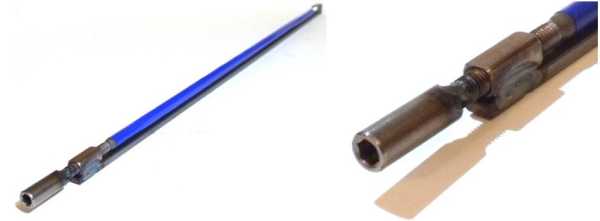
An example of a truss rod not installed on the guitar neck
Different type of truss rod
There is on the market different type of truss rod which we can categorize as this way:
- Single action or double action trust rod: some guitar trust rod can only be turn in one sense so we can only make the guitar slightly convex. The double action trust-rod can turn clockwise and anticlockwise and therefore you can completely adjust your trust-rod giving your guitar a convex or concave relief.
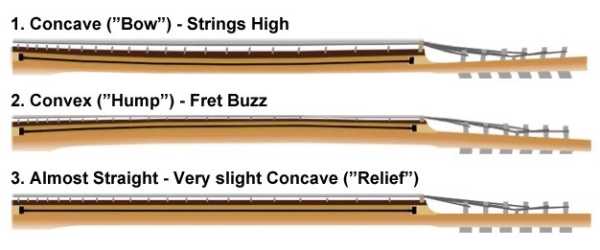
The different reliefs that can be obtained using truss rod
- Neck Heel or Neck Headstock trust-rod: the truss rod access to adjust it can be located either at the heel of the neck or at the headstock. Access to the headstock make the guitar adjustment much easier as we can adjust the truss-rod while the neck is attached to the guitar body.
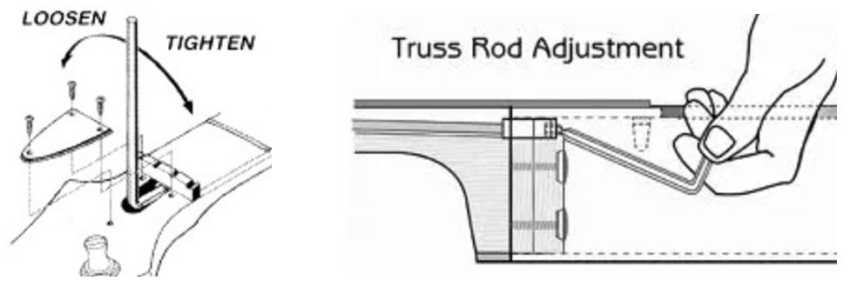
For now the only guitar kit at The Guitar Fabric with the truss-rod on the neck heel side is the Electric Parlor guitar kit.
Truss Rod Adjustment
Now, let's focus on the truss rod, a crucial element for fine-tuning your string action. Here's how to adjust it:
- Before attempting any truss rod adjustment, ensure your guitar is tuned to the desired pitch.
- Locate the truss rod adjustment nut, usually accessible through the headstock of the guitar.
- Use an appropriate truss rod wrench or tool to turn the nut. To reduce the neck's curvature (lowering string action), turn the nut clockwise. To increase the curvature (raising string action), turn it counterclockwise.
- Make small adjustments, usually no more than a quarter-turn at a time, and recheck the string action frequently.
- It's essential to monitor the neck's response to these adjustments.
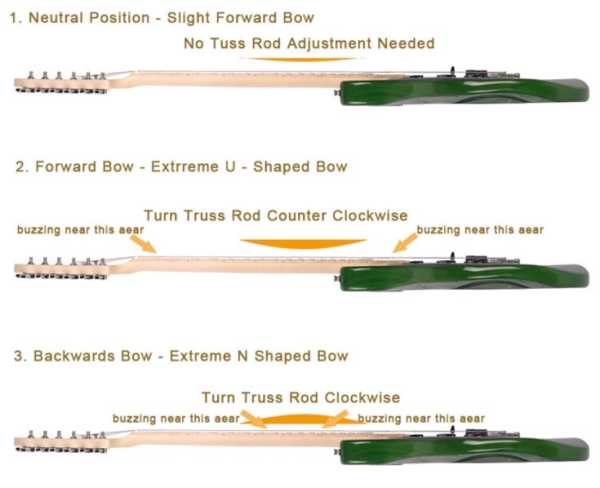
CAUTION: TRUSS ROD ADJUSTMENTS SHOULD BE MADE GENTLY, AS EVEN A QUARTER-TURN CAN SIGNIFICANTLY ALTER THE NECK'S SHAPE.
Conclusion
Adjusting your guitar's string action using the truss rod is a delicate process that can greatly impact your playing experience. By following the steps outlined in this article and exercising caution, you can fine-tune your guitar to achieve the perfect string action for your style and preference. Remember that patience and precision are key when working with your instrument to ensure the best results.
 FR
FR US
US DE
DE IT
IT ES
ES